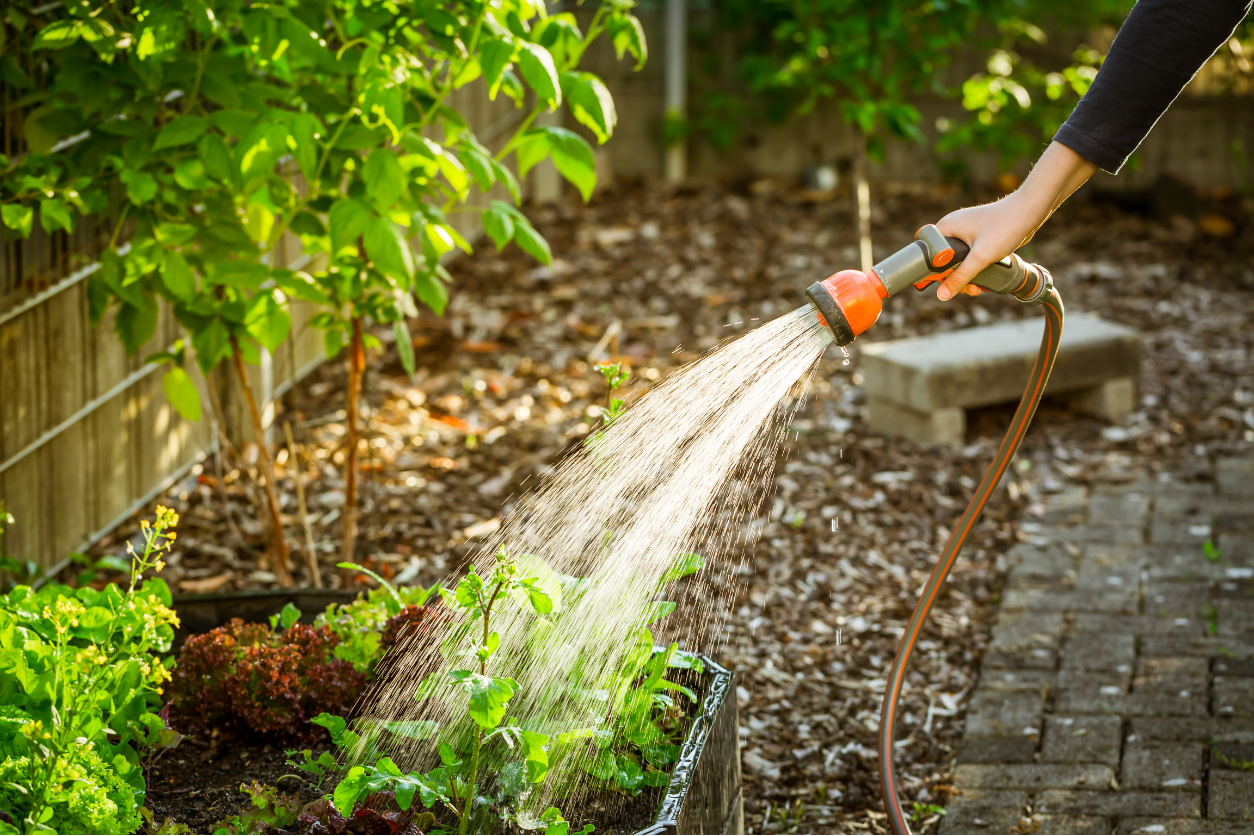How Much Should You Water You Plants During the Summer Heat

With temperatures soaring and the sun beating down relentlessly, keeping your garden vibrant can feel like a challenge. I’ve had my fair share of trial and error when it comes to summer watering routines, and I’ve learned that each plant has its own needs. Watering your plants properly during the summer heat is not just about quantity; it’s about timing and technique too. Over the years, I’ve fine-tuned my approach to ensure my garden thrives even in the hottest months. Let’s dive into some detailed tips on how to keep your plants hydrated and healthy during the summer.
Understanding Plant Needs
Different plants have different water requirements, and knowing these can make a big difference in your garden’s health. For instance, vegetables like tomatoes and cucumbers need consistent moisture, while drought-tolerant plants like succulents require less frequent watering.
Morning is Best
The best time to water your plants is early in the morning. This allows the water to penetrate the soil and reach the roots before the heat of the day causes evaporation. Morning watering also helps to prevent fungal diseases that can occur when the foliage remains wet overnight. If mornings aren’t possible, late afternoon is the next best option, giving plants enough time to dry before nightfall.
Deep Watering Techniques
Deep watering is crucial during the summer heat. Instead of frequent shallow watering, aim for less frequent but deeper watering sessions. This encourages roots to grow deeper into the soil, making plants more drought-resistant. I usually water my garden thoroughly once or twice a week, ensuring that the water reaches a depth of at least 6 inches.
Tomatoes
Tomatoes are particularly thirsty plants and need consistent moisture to produce juicy fruits. During the peak of summer, I water my tomato plants deeply every 3 to 4 days. A good soak around the base ensures the roots get plenty of water. Mulching around the plants can also help retain moisture and keep the soil temperature stable.
Cucumbers
Cucumbers need regular watering, especially when they start producing fruit. In the summer heat, I water them deeply twice a week, making sure the soil remains consistently moist but not waterlogged. Just like tomatoes, mulching can help keep the moisture in the soil and protect the roots from the intense heat.
Basil
Basil loves the summer sun but needs consistent watering to stay lush and productive. I find that watering basil every other day in the early morning keeps the plants happy. The key is to keep the soil consistently moist, as basil wilts quickly if it dries out.
Succulents
Succulents are the epitome of drought-tolerance, but they still need water, especially during prolonged heatwaves. I water my succulents once every two weeks, giving them a good soak and then allowing the soil to dry out completely. Overwatering can be just as harmful as under-watering, so it’s essential to find that balance.
Related: Best Summer Plants To Grow Right Now
Lawns
Keeping a lawn green during the summer can be challenging. I water my lawn early in the morning once or twice a week, depending on the heat and rainfall. The goal is to wet the soil to a depth of 6 inches, which usually means about 1 inch of water per session. Using a sprinkler system or a hose with a sprinkler attachment can help achieve even coverage.
Potted Plants
Potted plants dry out much faster than those in the ground, so they need more frequent watering. During the summer, I water my potted plants daily, sometimes even twice a day if the heat is extreme. The key is to water until you see water draining from the bottom of the pot, ensuring that the entire root system gets hydrated.
Signs of Under-Watering
Knowing the signs of under-watering can help you adjust your watering routine. Wilting leaves, dry soil, and slower growth are common indicators that your plants need more water. On the other hand, be cautious of over-watering, which can lead to root rot and other issues.
Mulching
Mulching is a gardener’s best friend during the summer. A layer of mulch helps retain soil moisture, suppresses weeds, and keeps the soil cool. I use organic mulch like straw, shredded leaves, or wood chips, applying it generously around my plants. Not only does it conserve water, but it also adds nutrients to the soil as it breaks down.
Using Drip Irrigation
For efficient watering, consider installing a drip irrigation system. It delivers water directly to the roots, minimizing evaporation and ensuring that each plant gets the right amount of moisture. Drip irrigation is particularly useful for vegetable gardens and large flower beds.